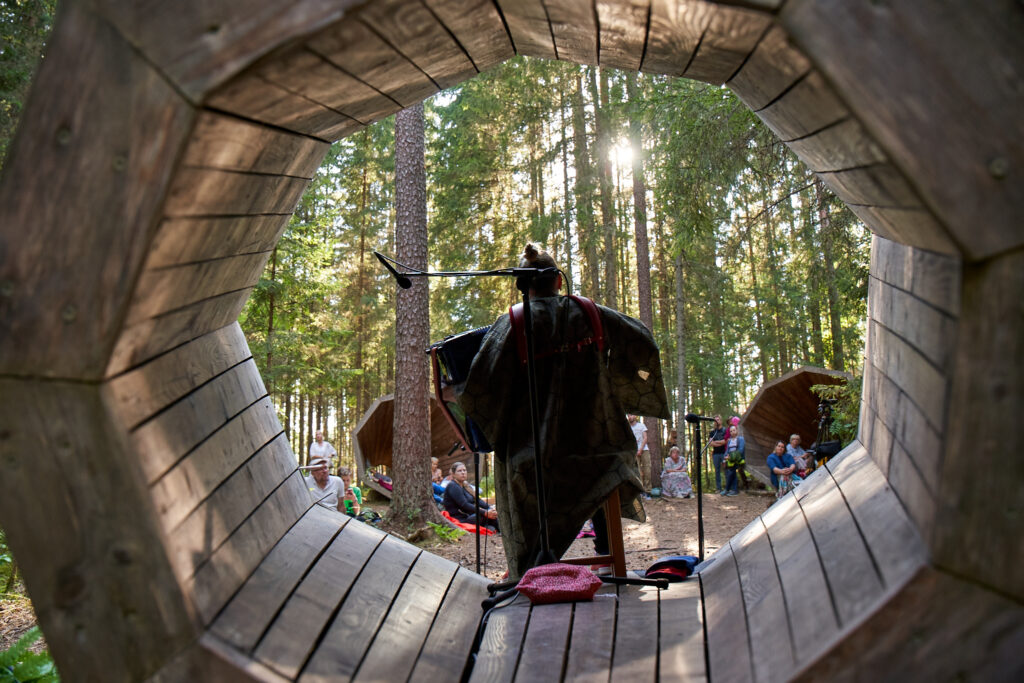In a truly remarkable turn of events, Japan and Estonia have found an unlikely friendship, despite being separated by nearly 8,000 kilometres and seven time zones – the two vastly different nations have become sources of inspiration for artists, curators and cultural organisers in their respective countries, with their unique cultures and creative spirit shining through in their work; the European Capital of Culture Tartu 2024 programme is set to be a spectacular year-long celebration of creativity, featuring a plethora of projects born from collaborations between Estonian and Japanese creatives.
This article is published in partnership with the European Capital of Culture Tartu 2024 programme.
How did this relationship blossom? On the one hand, this mutual interest and cooperation is fostered thanks to Japanese cultural policies that wish to support and spread its culture across the globe. To achieve their goals, various organisations like the EU-Japan Fest have been set up that support cultural exchange between the European Union and Japan. Since the 90s, the organisation has been providing funding to various European Capitals of Culture and other impactful cultural collaborations between Europe and Japan.
“We can clearly see the results of enacted policies. Japanese artists are visible in the world and their cultural networks are strong,” the Tartu 2024 artistic director Kati Torp said, pointing out that different EU-Japan Fest grants fund various projects and initiatives in the Tartu 2024 programme.
Nevertheless, the connections to Japan in the programme have developed organically based on artistic decisions. “If you look at our programme, you will see the fruits of long-term labour. All of the major Japanese artists or projects have an existing connection to Estonia,” Torp explained.
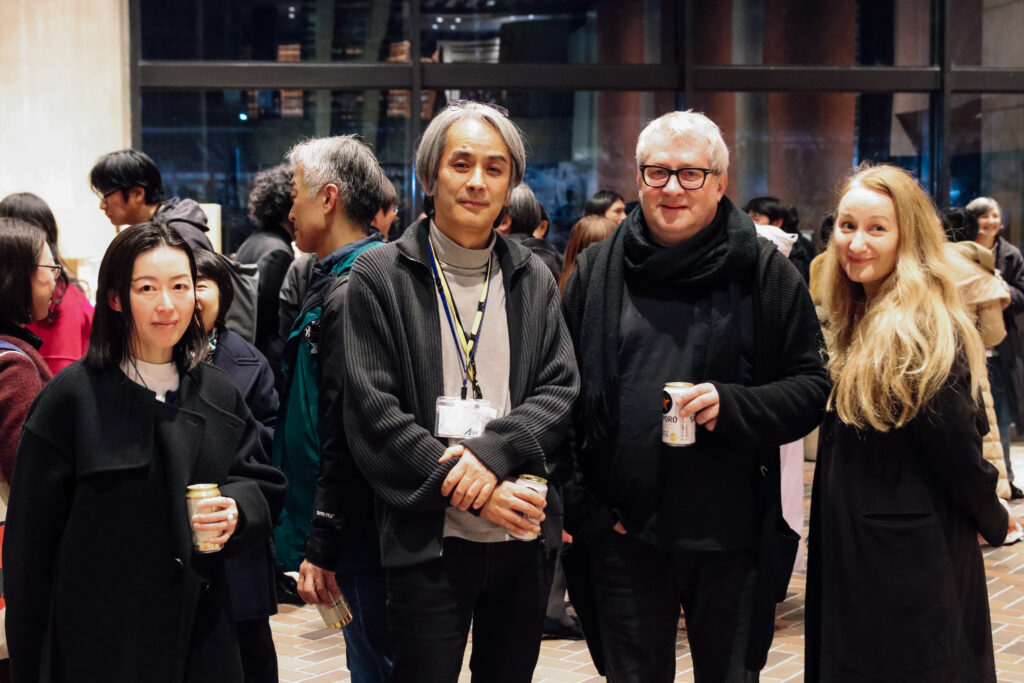
One of the highlights of the European Capital of Culture year in Southern Estonia is undoubtedly Japan’s leading electronic music composer and visual artist Ryoji Ikeda’s solo exhibition at the Estonian National Museum. The highly anticipated audiovisual experience, opening in November, is not the first time the renowned artist has exhibited his work in the country.
“I personally coordinated Ikeda’s exhibition ‘Supersymmetry’ at the Kumu Art Museum in 2015-2016. Thus, I have a relationship with the artist. It gives both parties confidence to connect again, if there has been a successful cooperation between them already,” Torp said, emphasising the importance of mutual trust and having good credit in the eyes of creatives.
Ikeda’s work deals with science, so it was a logical decision for the Tartu 2024 team to work together again in the university town of Tartu. Furthermore, one of Ikeda’s close friends, Tsuyoshi Tane, was one of the architects of the new Estonian National Museum building. Tane is also on board with the project and is working with Ikeda to ensure his works fit perfectly within the space.
Ikeda will create two new works especially for Tartu 2024: an installation based on his collaboration with the Estonian Biobank – one of the two branches of the University of Tartu Institute of Genomics; and a sound installation created in collaboration with the Estonian Philharmonic Chamber Choir. In addition, one artwork that already exists, the audiovisual installation “data-verse”, will be exhibited.
“Art is a language that can speak of things that are often difficult to communicate. Ikeda works with data from the Institute of Genomics’ biobank, which has collected DNA from Estonian people, and displays it with large-scale room installations,” Kati Torp explained.
A new music piece written by Ikeda will also be performed by the Estonian Philharmonic Chamber Choir. Ikeda is not a classically trained composer – rather an electronic musician who usually works alone. This is his first collaboration with a professional choir and conductor Tõnu Kaljuste.
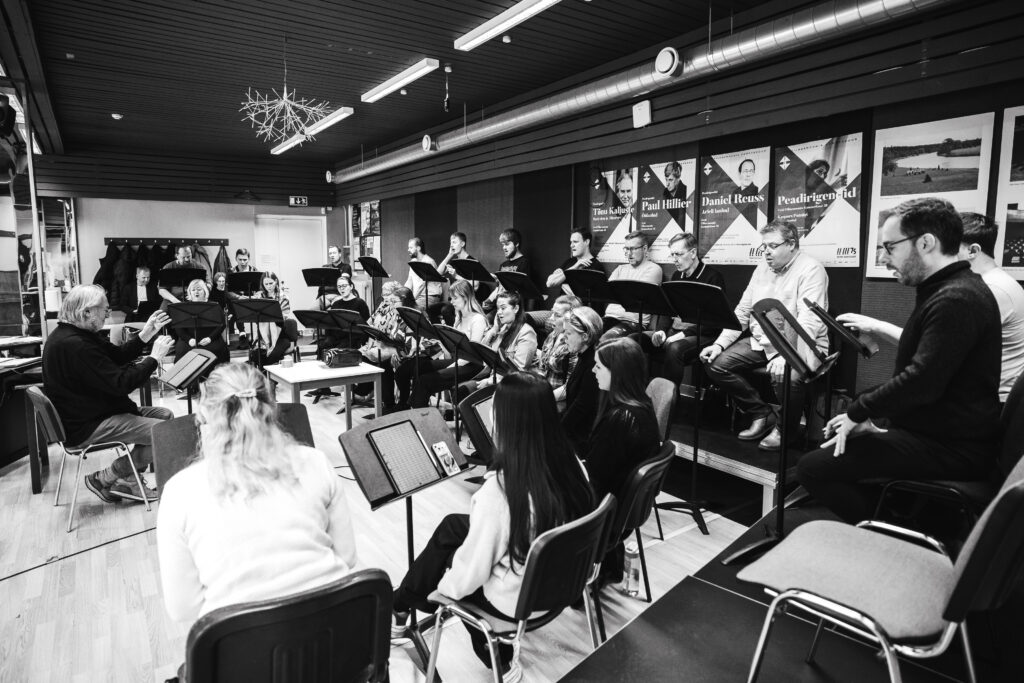
Estonian music is known and valued globally. As a testament to the groundwork Estonian musicians, composers and conductors like Arvo Pärt or Tõnu Kaljuste have laid in the world, Ikeda specifically requested to work with the Philharmonic Choir.
Aigu Om – the art of idling
Võru County in Southern Estonia is home to a unique festival celebrating the art of idling or “molutamine” in Estonian. Aigu Om (meaning “there is time” or “take time” in Võro language) is bigger than ever during the European Capital of Culture year, with activities taking place in three parishes over a period of a week. This year, the focus is on Japan and its culture.
Aigu Om is not a traditional festival with big stages and masses. It is a community music-word-forest event taking place in natural environments, forests and in community spaces scattered in small villages where everyone can contribute. For the organisers, synergy is important.
“Aigu Om” means – there is time, take your time! This idea has become the motto of the Võru region and is the festival’s core message. Over the course of a week, from 15-21 July, you can experience smoke saunas, herbal healing and Japanese cooking workshops. The Japanese-Estonian collaboration musical piece “Mõts/Mori/Forest” will have its world premiere in the cosy Aigu Om barn-concert hall in my home village of Viitina,” the event’s organiser, Estonian folk singer-songwriter Mari Kalkun, said.
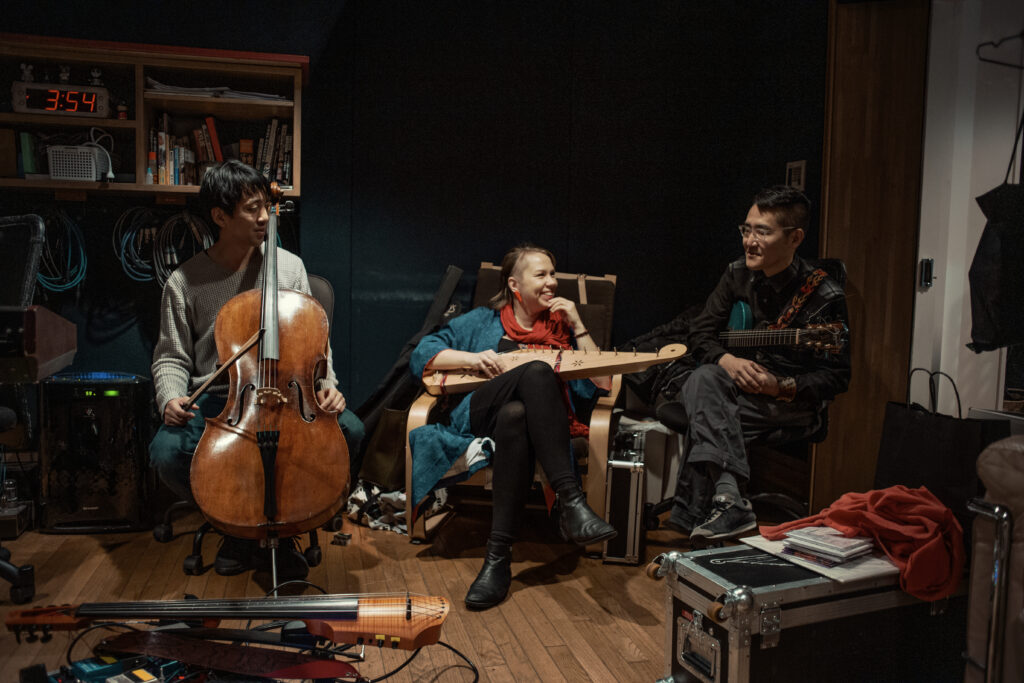
The event is seeking to identify points of intersection between the two cultures. For instance, forest practitioners from both countries, including writer Valdur Mikita, Japanologist Alari Allik, performance artist Daizaburo Sakamoto and dendrologist Yutaka Miura, will convene in Pähni forest in Rõuge parish. Visitors will have the opportunity to experience the most significant cultural expressions of both countries, from forest contemplation practices to smoke saunas, and witness collaborative works by representatives of both cultural spheres.
The organiser, Mari Kalkun, has visited Japan seven times and has built a unique bond with the country which also paved the way to this year’s festival. “The visits have always been incredibly inspiring and our Japanese guests are always amazed by the nature and saunas at Võrumaa. Thus, our starting point was mutual inspiration.”
“The friendships I’ve formed there are permanent and profound; just as a Japanese fan would never forsake you, if you’ve made a friend in Japan, they’ll be your friend for life. Meeting in person is essential for developing such bonds. We hope to establish such meetings through the Aigu Om festival,” Kalkun said.
Along with the new Japanese additions, the traditional community-based programme, where locals open their doors to visitors, remains. Aigu Om workshops, contemplations, concerts and hikes offer an opportunity to immerse in the rich local cultural heritage, the knowledge and stories of the local people, and the enchanting nature of Võrumaa.
“We have a very diverse community with cool people here, so we have a lot to share. You can spend an entire week lazing away in Võrumaa this summer. We invite visitors to immerse themselves in the rich local culture, and our guests, Japanese performers, bring their unique perspective to the cultural and natural surroundings,” Kalkun noted.
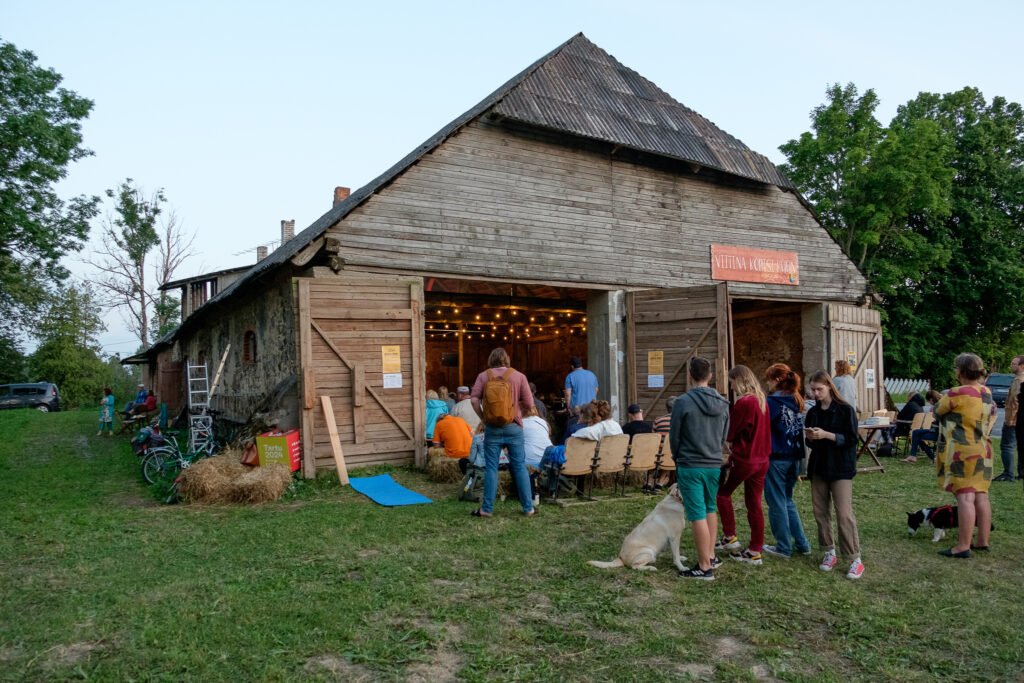
Seeing yourself in others
From all of this, it seems that there is a mutual interest and understanding between Japan and Estonia. There has been much talk of the joint fondness for nature – forests especially – and technology. But what do artists and cultural organisers search for in far distant lands remains a question.
“First and foremost, it is important to understand that Japan is the world’s fourth largest economy. With its 125 million population, there is a niche for many phenomena,” Mari Kalkun stated. “Estonia is certainly unknown in Japan – except for sumo wrestler Baruto. However, Finns have already paved the way with Moomins and Marimekko. If we take this cultural approach, I believe we will be able to find our own niche. I’ve already found my way to Japan through my music,” she added.
“I have given a lot of thought to why Japan fascinates Estonians so much. It just does. I am also intrigued by Japanese culture, from fashion to visual arts that speaks to many people in Europe,” said Torp. She added that the reason why Estonian artists look towards Japan may be psychological: a search for yourself in the other or an attempt to test out your limits in new situations. While Japan is distant and different, it is accessible to the West and the quiet and introverted attitudes are also comfortable for Estonians.
Kalkun agrees that while there are deep differences, there is something hauntingly similar between the lands: “When I visit Japan, I always feel as if I am on another planet. At the same time, I’ve always believed that our fundamental nature is similar, whether it’s a belief in nature’s spirituality or unusual pairings of technology and traditions. That primitiveness and modernism are merged.”
It is clear that Tartu and Southern Estonia benefit from the positive relations with Japanese artists and organisations. However, this cannot be a one-way street. There must be something compelling about Estonia that organisations want to invest in the region and artists wish to collaborate.
For Kati Torp, Estonia offers an accessible, yet different space. “We are accessible and safe, yet very different. We have topics like nature, folklore, heritage which we both value. We reflect what they have from another angle.”
Mari Kalkun agrees that Estonia, especially Southern Estonians, have a lot to offer to foreign guests. “We can offer our nature, silence, and the art of resting your mind and body.” Saunas are gaining popularity in Japan, and a smoke sauna is extremely exotic to Japanese people.
Furthermore, Estonians are frequently regarded as extremely diligent. Well, as long as they haven’t travelled to Japan! Japanese people are extremely hardworking, and they sometimes tend to overdo it. This is a comparable trait to Estonians.
“I believe we can teach the skill of relaxation and the benefits of such a mindset. We can share our expertise of the smoke sauna tradition and its advantages to the body and mind,” Kalkun said. The musician also highlighted the excellent level of Estonian music and added that creative options are limitless.
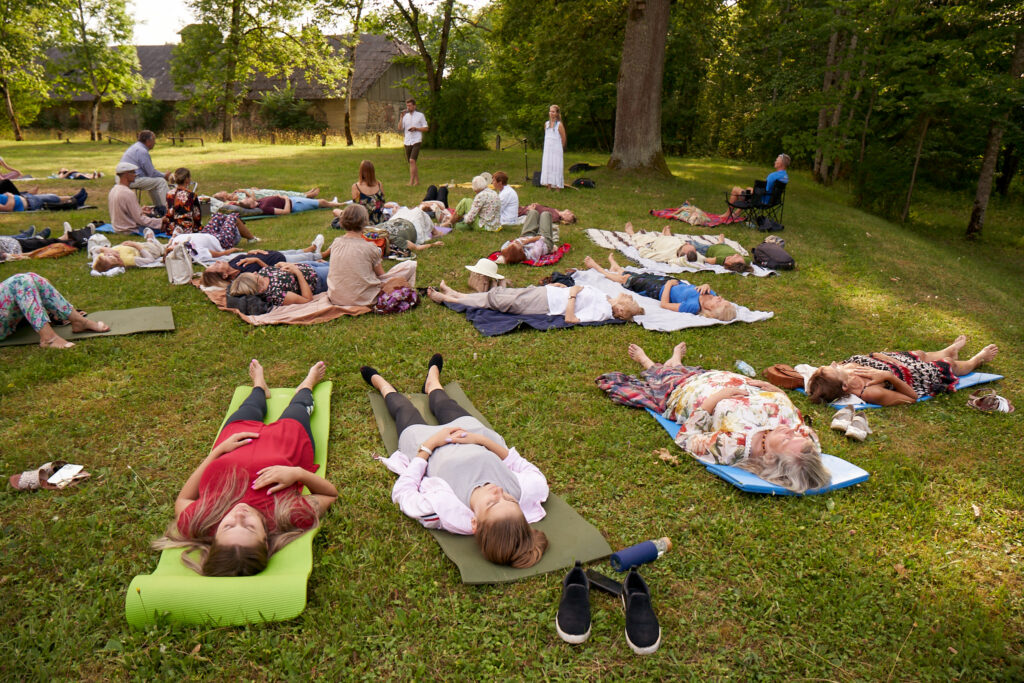
European Capital of Culture Tartu 2024 surprises with over 1,000 events over the year. All those interested in experiencing Japanese culture are welcomed to:
- Japanese forest bathing experience: 18 May, 29 June, 27 July, 17 August in Nõo parish
- Shiro Takatani/Dumb Type theatre play “Tangent“, 4-5 June in Tartu
- Aigu om! (Time Enough!), 15-21 July, in Rõuge, Võru and Antsla parish
- A Celebration of the Heavenly grounds, 16-25 August, in Põlva parish
- Refresh. Estonian, Lithuanian and Japanese textile art. 19 August – 20 September in Tartu
- Performative installation “Peal kiri peal”, 12, 14 September in Viljandi
- Ryoji Ikeda’s solo exhibition, 2 November – 2 March in Tartu
Read also: The art of survival – Tartu’s long road towards the European Capital of Culture

